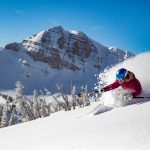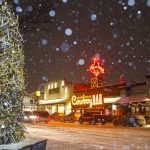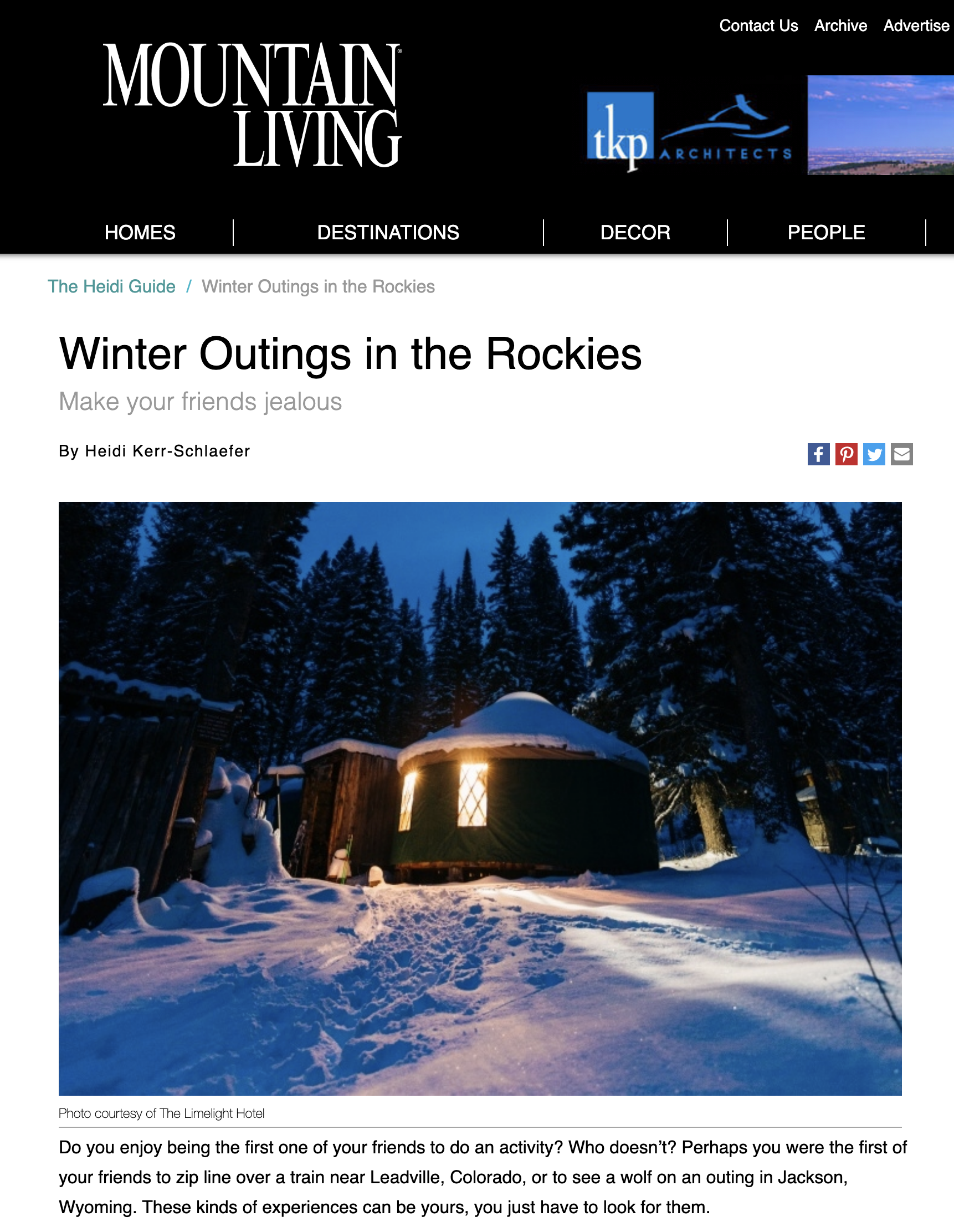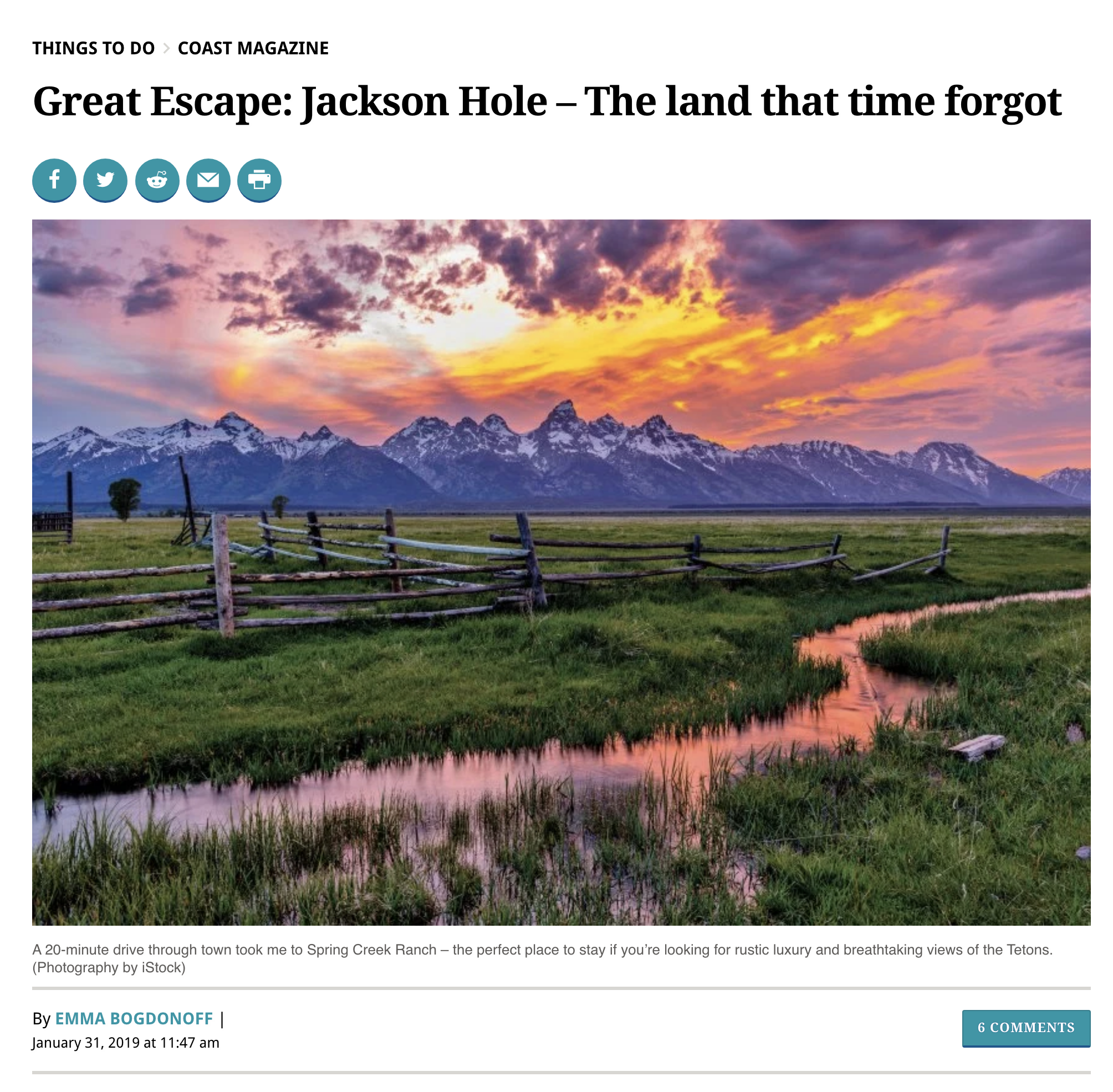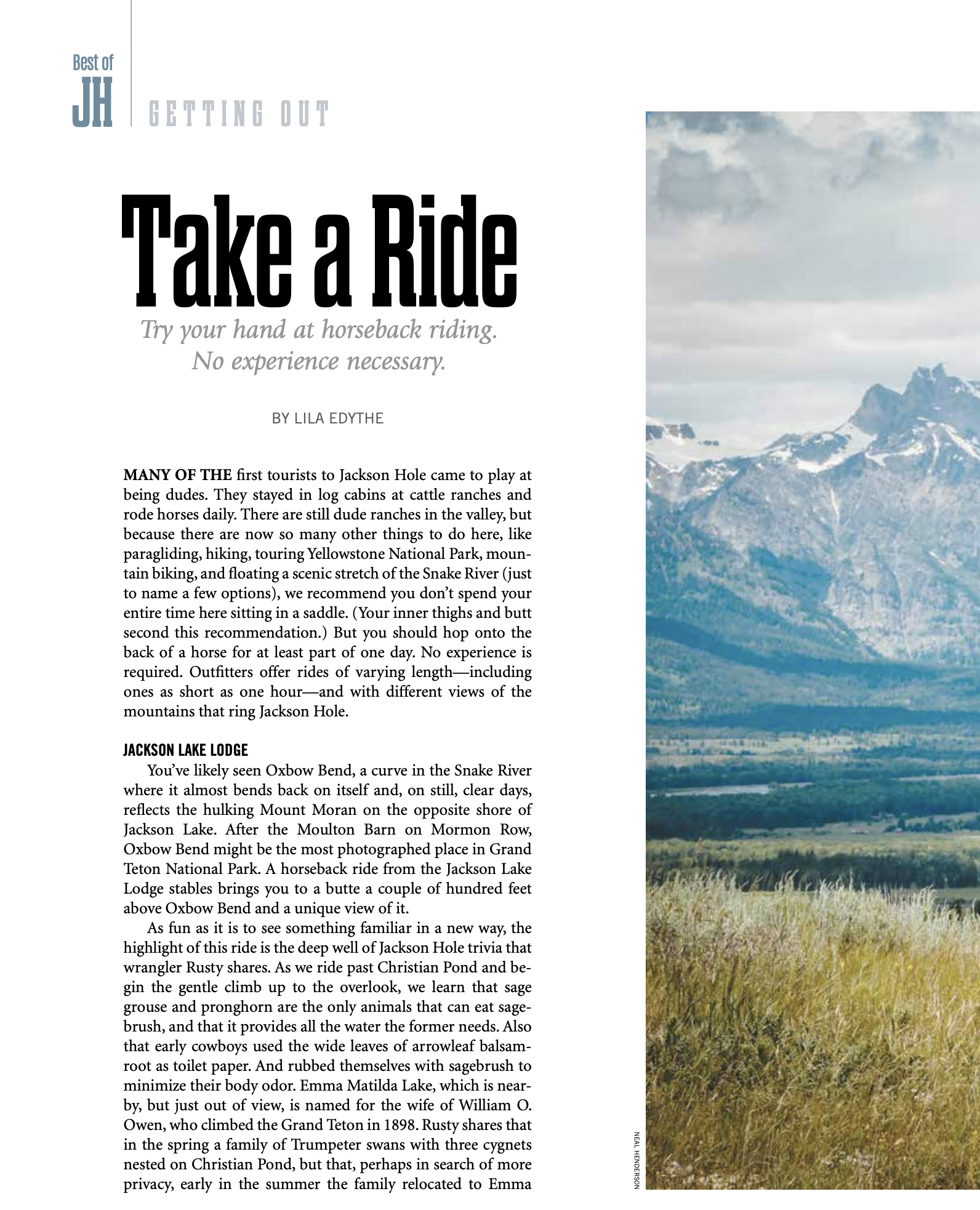Jackson Hole Adventurers’ Guide to Leave no Trace
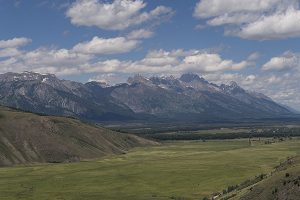 Our most valuable resources in Jackson Hole is the vast wilderness outdoors. Its what draws visitors from around the world here and its why so many outdoor enthusiasts choose to make Jackson home. As a mecca for outdoor adventure, our backcountry trails, rivers, lakes and forests get a tremendous amount of love – and use. Places that once seemed very remote are now frequented by both tourists and locals alike. In order to continue to love and use these wild places, it’s important we all make an effort to minimize our impact. We want current and future generations to get the most from their time spent outdoors in the pure, natural beauty of Jackson Hole so we’ve compiled a few of our favorite Leave No Trace tips for adventures into the wild.
Our most valuable resources in Jackson Hole is the vast wilderness outdoors. Its what draws visitors from around the world here and its why so many outdoor enthusiasts choose to make Jackson home. As a mecca for outdoor adventure, our backcountry trails, rivers, lakes and forests get a tremendous amount of love – and use. Places that once seemed very remote are now frequented by both tourists and locals alike. In order to continue to love and use these wild places, it’s important we all make an effort to minimize our impact. We want current and future generations to get the most from their time spent outdoors in the pure, natural beauty of Jackson Hole so we’ve compiled a few of our favorite Leave No Trace tips for adventures into the wild.
What is Leave No Trace?
We all love to be surrounded by beautiful scenery and enjoy the wilderness, but sometimes our wild places get over-loved. Leave No Trace is a non-profit organization that aims to educate all outdoor enthusiasts on best practices to keep our wilderness beautiful and healthy for generations to come. They set forth guidelines for wilderness enthusiasts to follow in order to ensure that our visit to these breathtaking places has little impact on the plants and animals that call the wilderness home.
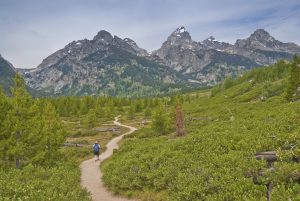
Remember to Stay on the Trail
Here in Jackson Hole, we are lucky to be surrounded by countless miles of beautiful trails to explore the backcountry. These trails exist so everyone can get out and enjoy the stunning scenery the area is so famous for. In order to ensure that these areas remain open for years to come, it’s important to stay on designated trails and follow all instructions from signs and rangers. Sometimes, sensitive wilderness areas need a break from human visitors, so certain areas are closed for restoration. Be sure to follow those signs so wildlife can fully recover.
If you aren’t sure if a trail is open, call a ranger station and get the latest details. Rangers are always happy to help the inquisitive wilderness enthusiast. If you must venture off trail (say for a potty break) be sure to fan out if you are in a group and be conscious about what you are stepping on. It isn’t always possible to avoid vegetation, but a conscious effort goes a long way. In winter, avoid crushing small plants and trees beneath the snow.

Give Wildlife Space
Jackson Hole has some of the world’s best wildlife viewing opportunities. It’s important to remember that when you’re out in the wilderness, you are not in a controlled environment. Many animals don’t like it when you step into their personal space, and for some animals, that space is exceptionally wide. Nature is the real deal and many animals can be deadly if provoked.
Here are a few ways to safely enjoy wildlife.
- Never approach an animal for a photo. Some animals feel threatened when you approach them, and larger animals, like buffalo and moose will charge, especially if they have young ones in tow.
- Don’t feed animals. There is plenty of natural food for these animals to eat. Feeding animals, even small critters, can negatively impact their health and increase their dependency on humans. Smaller critters can carry diseases that can affect humans too.
- Don’t approach animals with your vehicle. Animals equate vehicles to another big animal, and they can feel threatened if you approach them with your car. The result could be an accident no one wants to be a part of.
- Do enjoy wildlife viewing from a distance. Bring binoculars and a zoom camera lens to spot wildlife. It’s truly magical to see a large animal in its natural habitat.
- Do listen to ranger warnings and instruction. Rangers know the parks inside and out – be sure to follow their instructions and signage for a safe outdoor experience.
- If you’re on a trail and spot wildlife close to you, give some space and remain calm.
- For more information about wildlife safety, see what the Park Rangers at Yellowstone National Park have to say.
Picking up After You (and Your Pup)
When you’re in the wilderness, there is no trash company picking up waste. It’s our job to keep these pristine places trash-free. When you leave trash it can do far more harm than just be unsightly – it can harm wildlife. When you go on a day hike be sure to pack out ALL of your waste, including biodegradable waste like apple cores and banana peels. Most trailheads have bear-safe trash cans. If not, be sure to dispose of waste in a proper receptacle back in town.
Here’s a list of the types of items that need to be packed out:
- Gum. Don’t spit it on the ground, pack it out. Quick Tip: keep the wrapper handy so you can quickly dispose of gum in the wrapper.
- Animal waste. If Fido is allowed on trails, please be respectful and pick up after your pet. Bury it if you can, but never leave plastic dog waste bags on trails.
- Food waste. Although things like orange peels and apple cores are natural, they are not native to Jackson Hole so animals don’t have the stomachs to digest them. Please pack these things out, just like you would with any other trash.
- Toilet Paper. More on this later, but this unsightly waste gets dug up by critters.
- Food wrappers and trash. Even a tiny amount of plastic can harm the environment, please pick up after yourself so the wildlife can have a tidy home and other visitors can enjoy the beauty of Jackson Hole.
- Anything else considered trash or waste.
When Nature Calls
It’s important to practice Leave No Trace when nature calls. Many trails have restrooms at the trailhead, but once you’re on trail you won’t often find facilities. Some tips for backcountry bathroom etiquette:
- Step 200 feet away from the trail or any water source (that’s about 70 adult steps). This keeps waste from contaminating the water sources or becoming an unsightly seen on the trail.
- Bury your waste in a hole eight inches deep, or if packing out your waste is required, be sure to equip yourself with the proper waste disposal system. Lastly, always pack out TP.
Leave it Better Than You Found it
It’s ok if these concepts are new to you, don’t let it stop you from exploring the Jackson Hole wilderness. Even outdoor experts had to start somewhere. Getting outdoors is becoming more and more popular, so it’s up to wilderness visitors of all kinds to be stewards for our wild spaces.
Remember, the more you know and practice Leave No Trace, the better off the wilderness will be. We are all better off the more empowered we are about wilderness stewardship. Feel free to spread the word and share the trash you collect on social media. Gather your friend and tell them about how you saw a moose and her baby from a safe distance. Sharing is caring so go ahead and spread the good word about Leave No Trace.

Additional Resources
These tips are designed to help those enjoying the outdoors by day. If you would like to learn more, we encourage you to check out the Leave No Trace website. If you have a question specific to the area you plan to visit (such as a national park or wilderness area) call the local ranger station and inquire. They are always happy to help those who are trying to to do the right thing.
Now you’re armed with some Leave No Trace know-how for the Jackson Hole area. Be sure to practice what you’ve learned and be a better steward for the wild spaces we call home.



